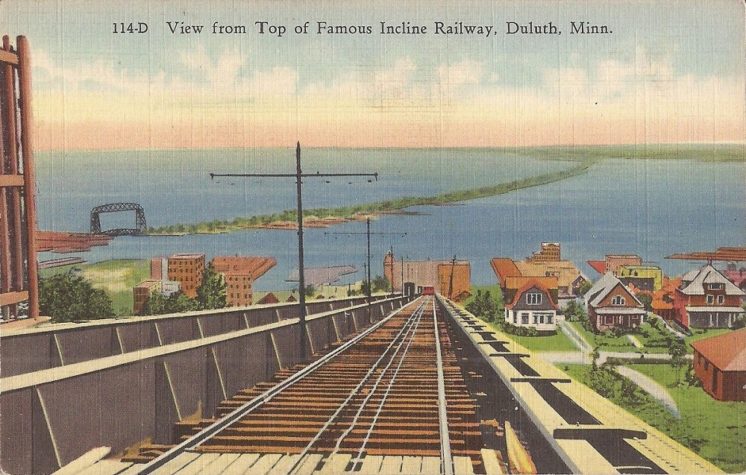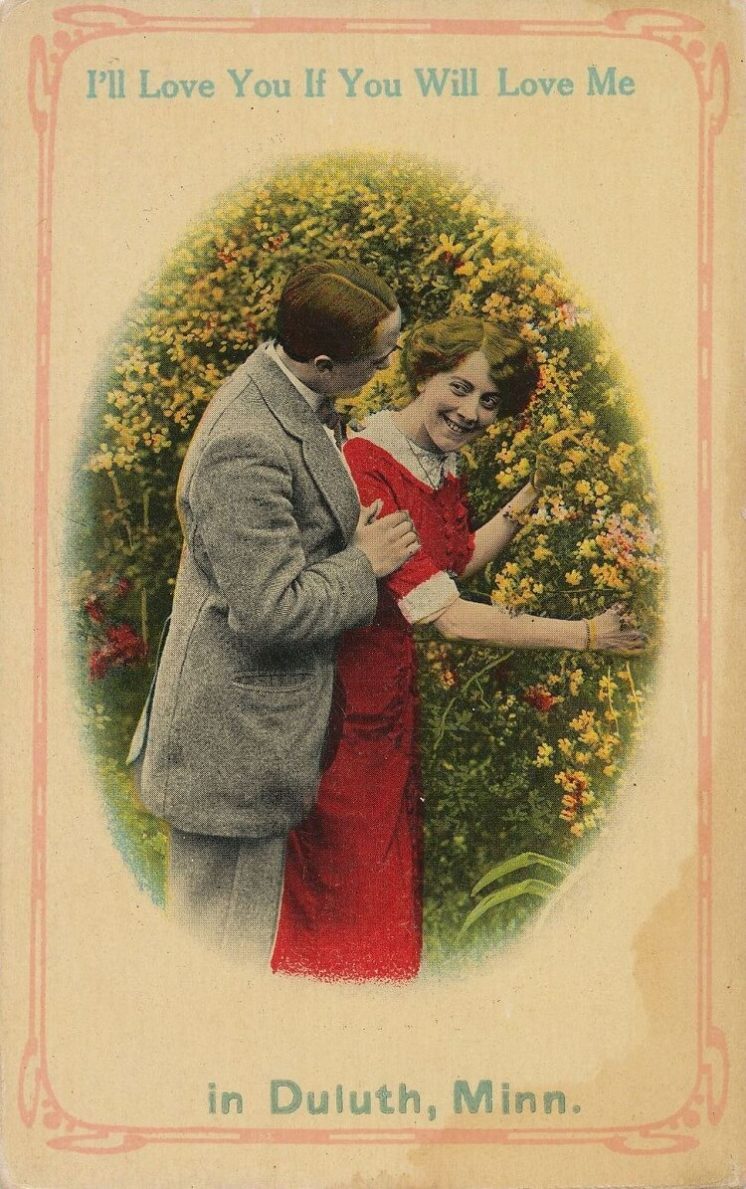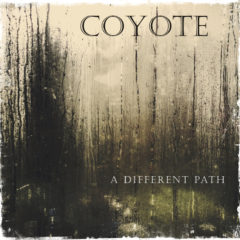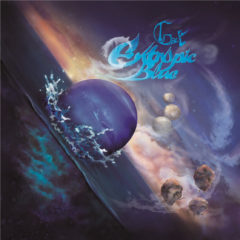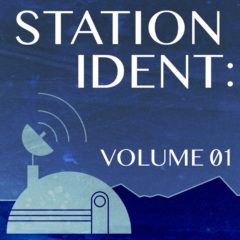 I think I read To Kill A Mockingbird for the first time as a Rochester John Marshall 10th grader sometime during the 1986-87 school year. My most prominent memory of the academic experience is writing five-paragraph essays about the book for three buddies who got higher grades on the assignment (all A-minuses) than I got (solid, respectable B). I also remember watching our teacher, the white, perpetually flustered Ms. Green, have no idea what to do when Scott, the only black kid in that sophomore English section, reacted with outrage after the first time she shakily uttered the word “nigger” while reading an excerpt aloud to us.
I think I read To Kill A Mockingbird for the first time as a Rochester John Marshall 10th grader sometime during the 1986-87 school year. My most prominent memory of the academic experience is writing five-paragraph essays about the book for three buddies who got higher grades on the assignment (all A-minuses) than I got (solid, respectable B). I also remember watching our teacher, the white, perpetually flustered Ms. Green, have no idea what to do when Scott, the only black kid in that sophomore English section, reacted with outrage after the first time she shakily uttered the word “nigger” while reading an excerpt aloud to us.
The book is seldom far from my conscious thoughts. Partially because it’s culturally omnipresent. It’s tough to have a college degree, love reading, work in education, watch public television, or just be alive and engaged in certain aspects of dominant Baby Boomer and Generation-X zeitgeist without seeing, hearing about, or discussing the book (or the movie version of it) fairly frequently. I’m also sure I would think about it fairly often even if it weren’t ubiquitous. I don’t recall much about my actual experience of reading it that first time. I do know I immediately revered the story and many of its characters. I still do. And I’ve consciously thought about it more than usual for the past year or so, after Duluth Public Schools (Independent School District 709) administrators announced the book would be removed from ninth-graders’ English reading list. A lot of people in Duluth and a lot of other places have had a lot things to say about that decision.


